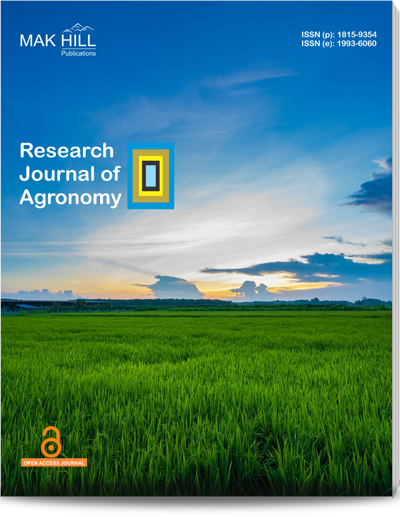
Research Journal of Agronomy
ISSN: Online 1993-6060ISSN: Print 1815-9354
109
Views
2
Downloads
In Silico Engineering of Brain Derived Neurotrophic Factor (BDNF) to Improve its Neurogenerative Bioactivity
Hajar Parvizian, Mehrnaz Keyhanfar, Kamran Ghaedi, Masoud Etemadifar and Najmeh Kazem Farzandi
Page: 29-35 | Received 21 Sep 2022, Published online: 21 Sep 2022
Full Text Reference XML File PDF File
Abstract
Brain Derived Neurotrophic Factor (BDNF), Neurotrophin-3(NT-3), Neurotrophin-4/5 (NT-4/5) and Neurotrophin-6 (NT-6) are known as neurotrophins. BDNF secreted to extracellular and binds to the soluble tropomyosin-related kinase B (trkB). Interaction of BDNF to trkB is linked to several intracellular signal transduction pathways such as Ras-MAP kinase cascade. These cascades regulate neuronal development, plasticity, long-term potentiation and synapses. BDNF is known to exist in solution as homodimeric proteins. Also, this protein forms heterodimer structures with Neurotrophin 4 (NT4) and Neurotrophin-3 (NT-3). The biological activity of BDNF heterodimers was reported to be less active in neuronal survival assays than a BDNF homodimers structures. In this research, new structures of BDNF that have better interaction with each other to form homodimer was modelled. Therefore, the amino acids that participate in interaction with BDNF were identified by search in neurochemical evidences. The amino acids are Tyr112, Tyr114 and Lys97. This amino acids were mutated by swiss pdb viewer software. The predicted model was submitted to 3Drefine server for optimization of hydrogen bonding network and energy minimization. To analyzing the predicted models, RAMPAGE and Qmean server were used. Finally, binding interaction between new structures of BDNF was done by using Hex.8.0.0 software. The results showed that interaction between these structures is better than the two native BDNF. Recently, researchers found that BDNF played an important therapeutic role in many human neurodegenerative diseases and this protein has potential for the treatment of the diseases.
How to cite this article:
Hajar Parvizian, Mehrnaz Keyhanfar, Kamran Ghaedi, Masoud Etemadifar and Najmeh Kazem Farzandi. In Silico Engineering of Brain Derived Neurotrophic Factor (BDNF) to Improve its
Neurogenerative Bioactivity.
DOI: https://doi.org/10.36478/rjagr.2019.29.35
URL: https://www.makhillpublications.co/view-article/1815-9354/rjagr.2019.29.35